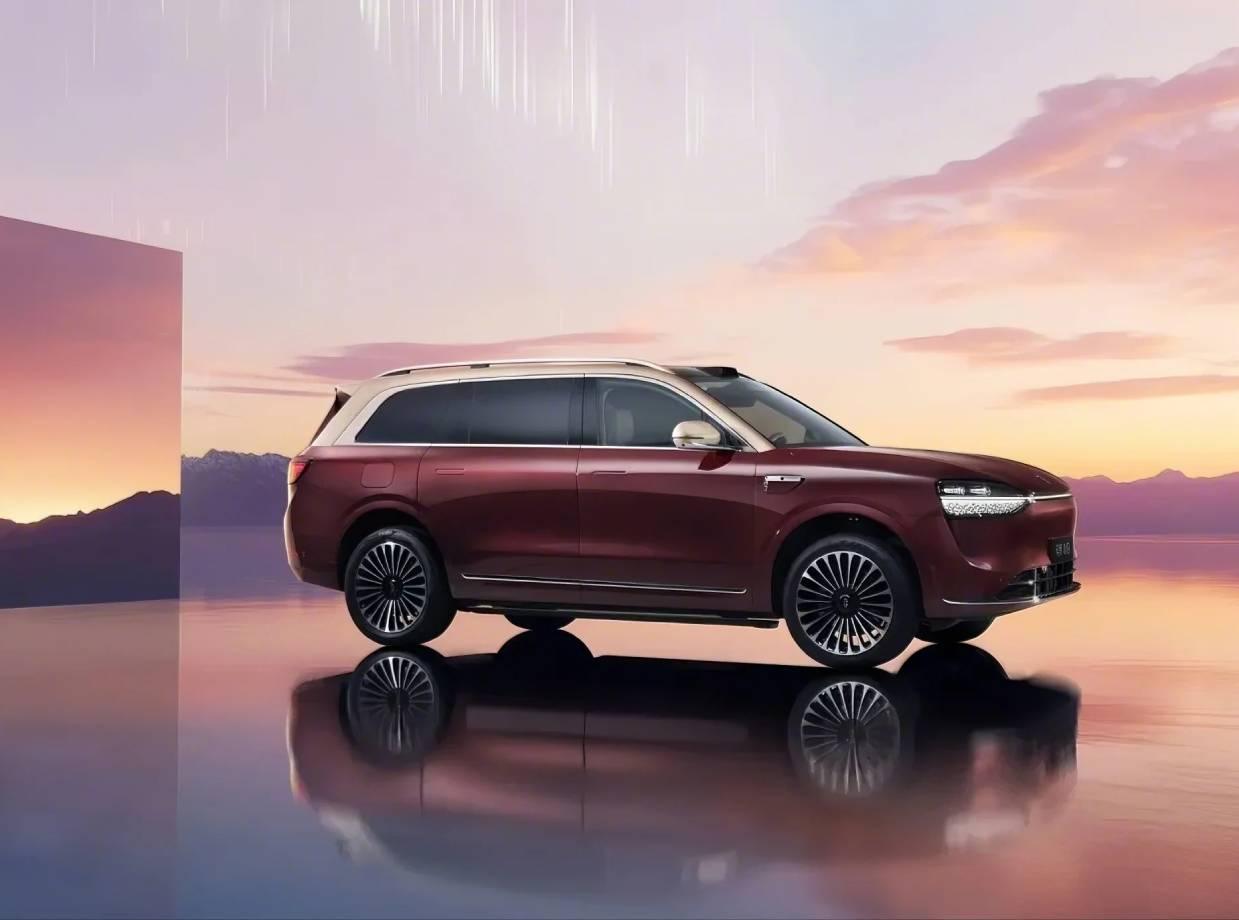Importing and Maintaining New Energy Vehicles: The Future of Electric Cars
With the growing global emphasis on environmental protection, new energy vehicles, especially electric cars (EVs), are becoming increasingly popular. The zero emissions, low running costs, and innovative technologies of EVs attract more and more consumers. However, buying an EV is not without its challenges. During the importation and use of these vehicles, there are unique factors to consider. In this blog, we will explore the import process of new energy vehicles, common issues during usage, and how to maintain your electric vehicle in optimal condition.
1. Importing New Energy Vehicles: Key Considerations
Import Process and Policies
As the demand for electric vehicles increases, many countries have begun to implement policies that support the import of new energy vehicles. However, import regulations and requirements vary across countries. Here are some important factors to consider:
-
Government Subsidies and Tax Policies
In some countries, purchasing electric cars is incentivized with government subsidies or tax benefits. For example, European countries offer subsidies for purchasing electric vehicles, which helps lower the cost for consumers. Therefore, it is important to understand the policies of the target country before importing an EV. -
Charging Infrastructure
The availability of charging infrastructure is another critical factor. While many urban areas are increasingly building out charging networks, the accessibility and quality of charging stations can vary from region to region. Before choosing a model for import, ensure that the destination market has adequate charging facilities to meet your everyday needs. -
Vehicle Certification and Standards
Electric vehicles need to meet local safety and environmental standards in the target market. For instance, the EU requires compliance with EU emissions standards, while the US has its own set of certification requirements. Make sure the model you choose complies with local regulations to avoid any issues during the import process.
Logistics and Shipping
When importing an electric vehicle, it’s important to work with a professional logistics company, especially to ensure that the vehicle's battery is transported safely. The battery needs to meet specific shipping requirements to ensure it doesn’t pose any safety hazards during transport.
2. Common Issues with Electric Vehicles During Use
Range Issues: How to Maximize Your EV's Mileage
Range is a critical factor in the use of electric vehicles, especially for those who frequently travel long distances. Here’s how to manage and maximize your vehicle's range:
-
Battery Capacity and Model Selection
The capacity of the battery directly determines the vehicle's range. Choosing a model with an appropriate battery capacity is important. If you often drive long distances, opt for models with a larger battery capacity to ensure sufficient range. -
Factors Affecting Range
Several factors affect the range of an electric vehicle, including driving habits, road conditions, temperature, and payload. In colder temperatures, battery efficiency can drop, leading to reduced range. Understanding these factors and planning your trips accordingly can help you optimize the vehicle’s range.
Charging Infrastructure: How to Choose and Use Charging Equipment
Charging infrastructure is another key consideration for electric vehicle users. As public charging stations become more widespread, choosing the right charging equipment is crucial.
-
Home Charging Equipment
If you plan to use your electric vehicle long-term, installing home charging equipment is a good idea. Home charging stations typically provide faster charging and convenience. When installing, ensure the charging station is compatible with local power standards. -
Public Charging Stations
When using public charging stations, it’s important to check for compatibility with your car’s charging port. Different car manufacturers may use different types of charging plugs. To avoid any inconvenience during your trips, plan your charging stops in advance to ensure there are compatible stations along your route.
3. Daily Maintenance of Electric Vehicles: Keeping the Battery and Vehicle in Optimal Condition
The maintenance of electric vehicles differs from traditional gasoline cars, focusing mainly on battery management and maintenance of key vehicle systems. Here are a few important maintenance tips:
Battery Maintenance: Extending Battery Life
The battery is the core component of an electric vehicle, and maintaining it properly is essential to extend its life.
-
Avoid Over-Discharge or Over-Charging
Over time, EV batteries will experience some degree of wear and tear. To prolong the battery’s lifespan, avoid completely discharging the battery or leaving it fully charged for extended periods. Typically, maintaining a battery charge between 20% and 80% is beneficial. -
Regular Battery Health Check
Regularly check the battery’s condition, especially in extreme temperatures, as they can affect the battery’s performance. If the battery shows signs of leakage or bulging, it’s time to replace or repair it.
Tire and Brake System Maintenance
While electric vehicles don't require frequent oil changes, the tires and brake systems still need regular checks.
-
Tire Inspection
Tires on electric vehicles tend to wear slower due to their lighter weight. However, it’s still important to regularly check the tire pressure and inspect for signs of wear. Proper tire pressure ensures better performance and more efficient energy use. -
Brake System
Electric vehicles often use regenerative braking, which recovers energy when braking, meaning the brake system wears less compared to traditional vehicles. Nevertheless, it’s still important to check the brake pads and brake fluid regularly to ensure the system is functioning well.
Regular System Check-Ups
Regular checks on the electric motor, transmission, air conditioning system, and other vehicle components are necessary to keep the car running smoothly. Although EVs require less maintenance overall, periodic checks can help identify and prevent potential issues, improving the vehicle’s overall lifespan.
4. Conclusion
With the continuous advancement of electric vehicle technology, new energy vehicles are becoming the future of transportation. Understanding the unique factors involved in importing EVs, managing range issues, using charging infrastructure, and maintaining your vehicle will help you enjoy the many benefits electric cars offer. By performing proper maintenance, you can extend the life of your EV and contribute to environmental protection.
If you’re considering purchasing an electric vehicle or need more information on importing and maintaining these vehicles, feel free to contact us for expert advice and support!




Leave a comment
This site is protected by hCaptcha and the hCaptcha Privacy Policy and Terms of Service apply.